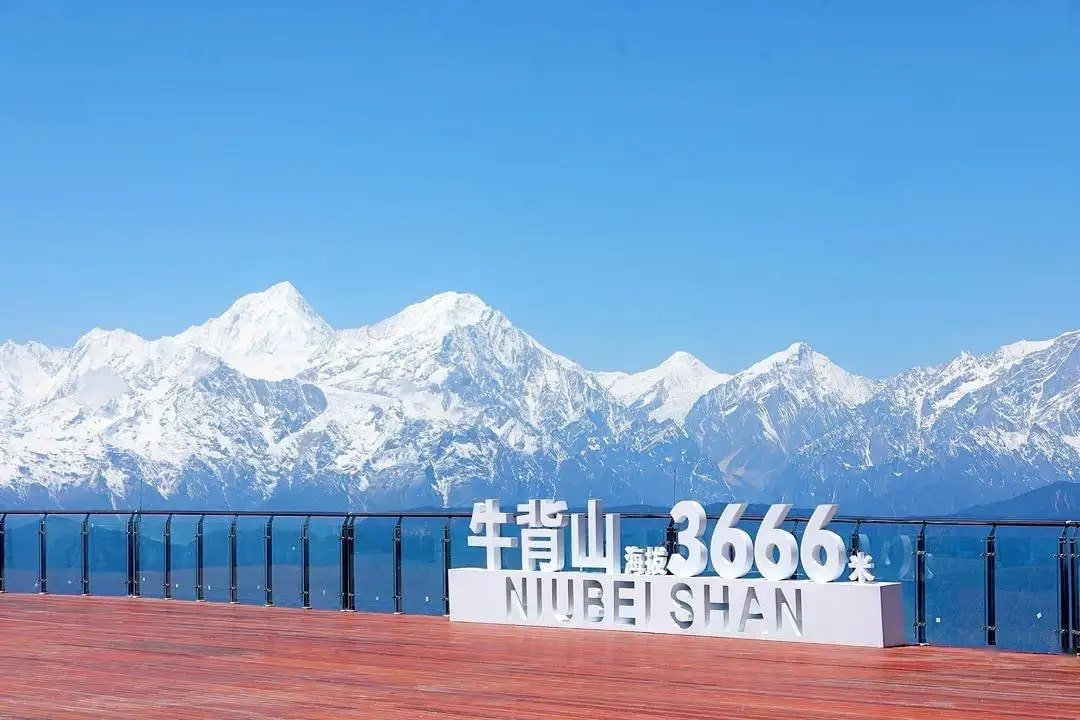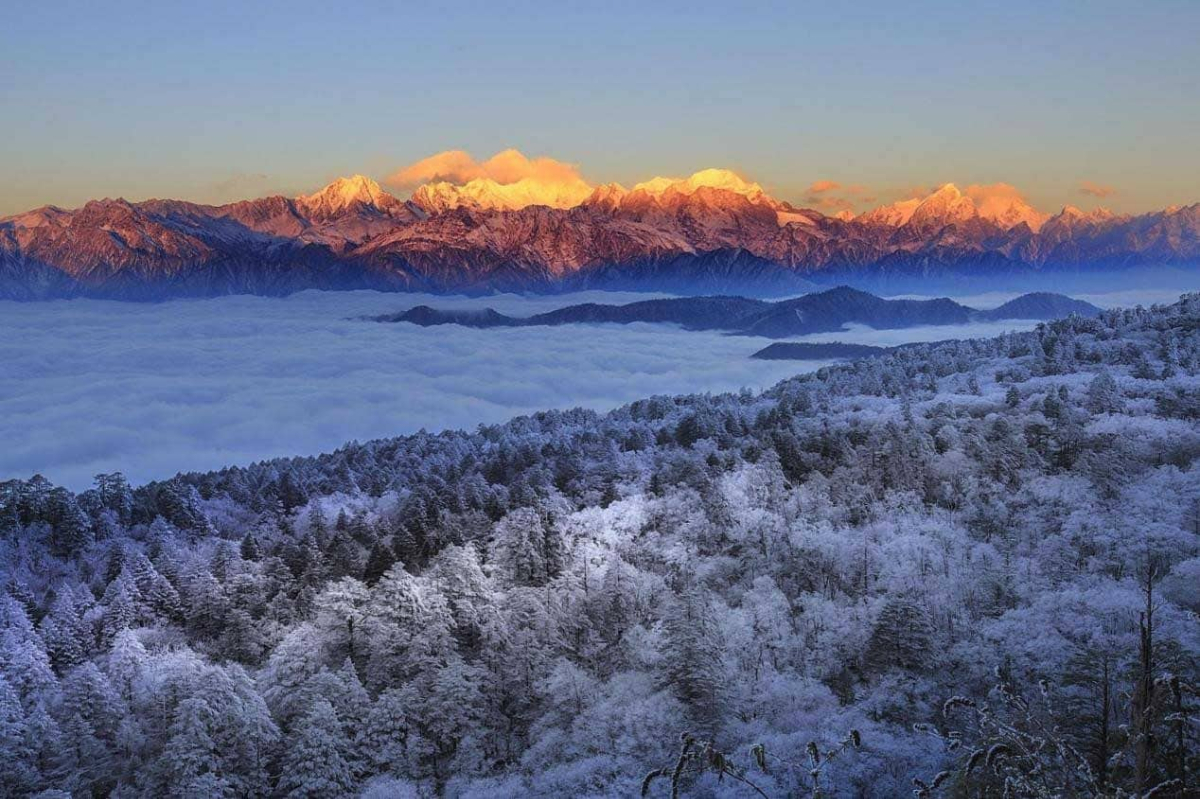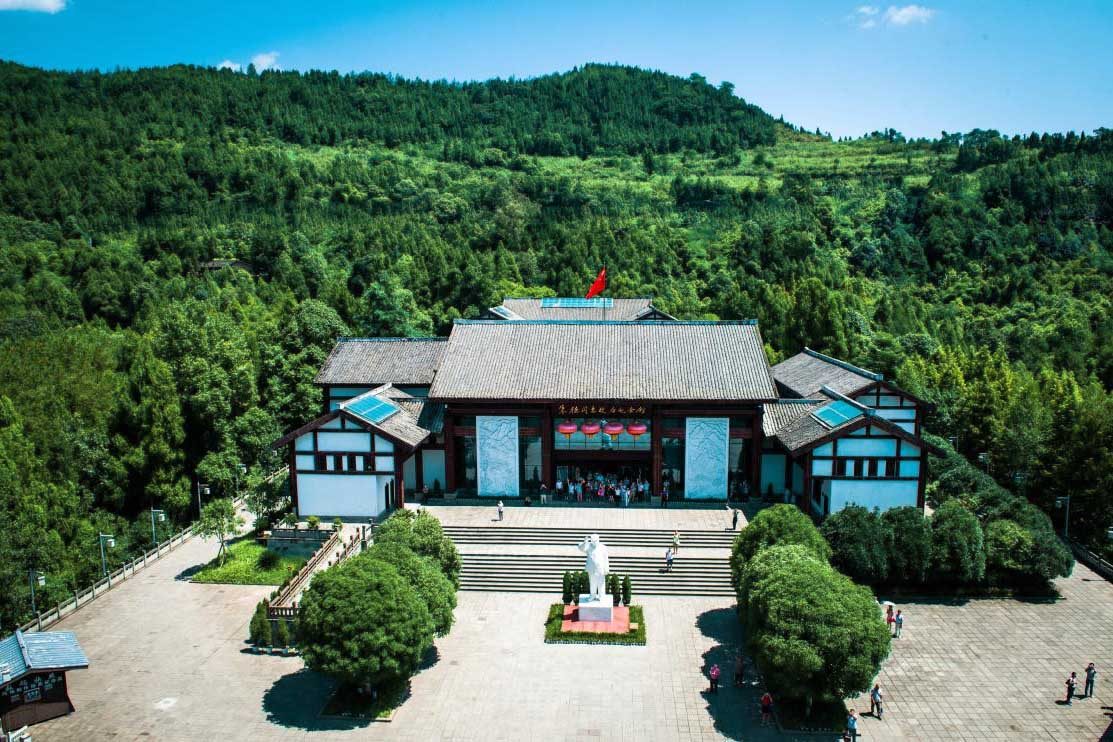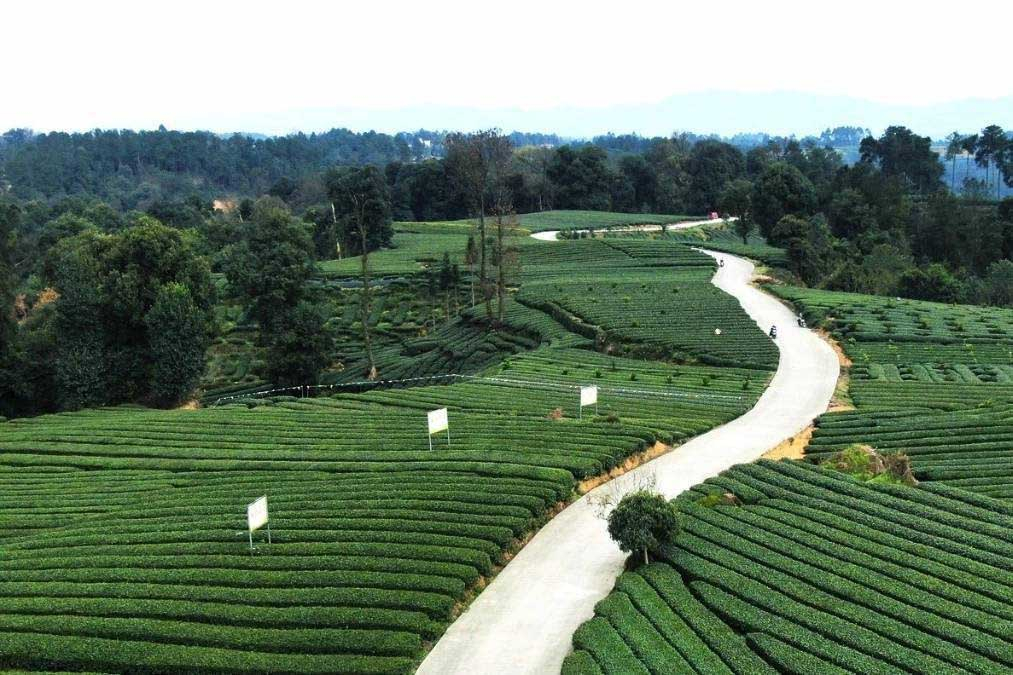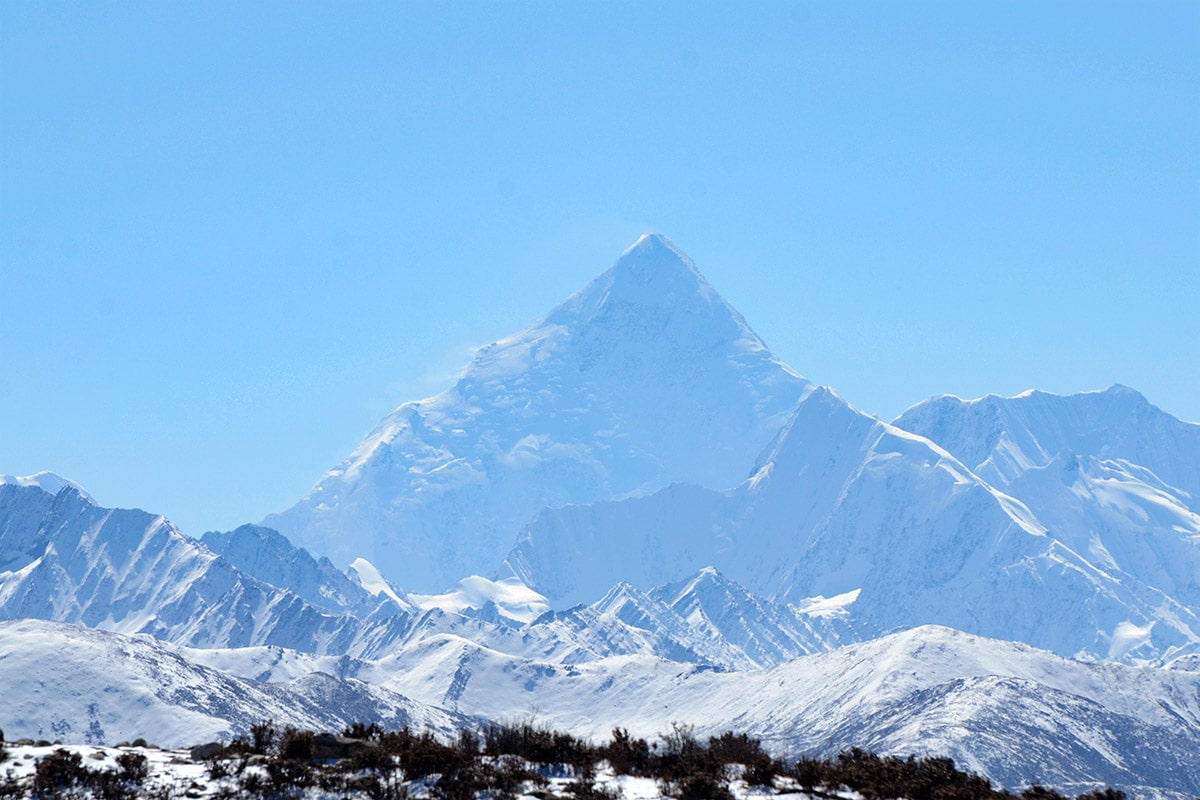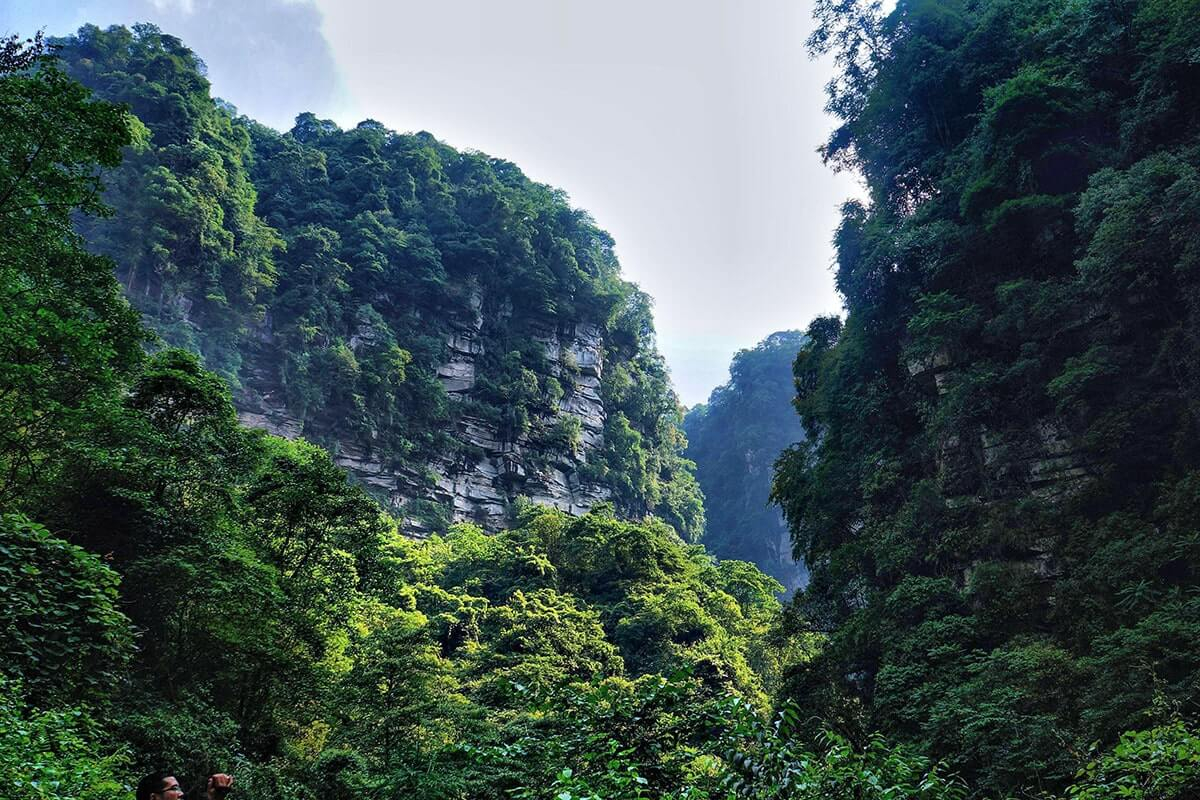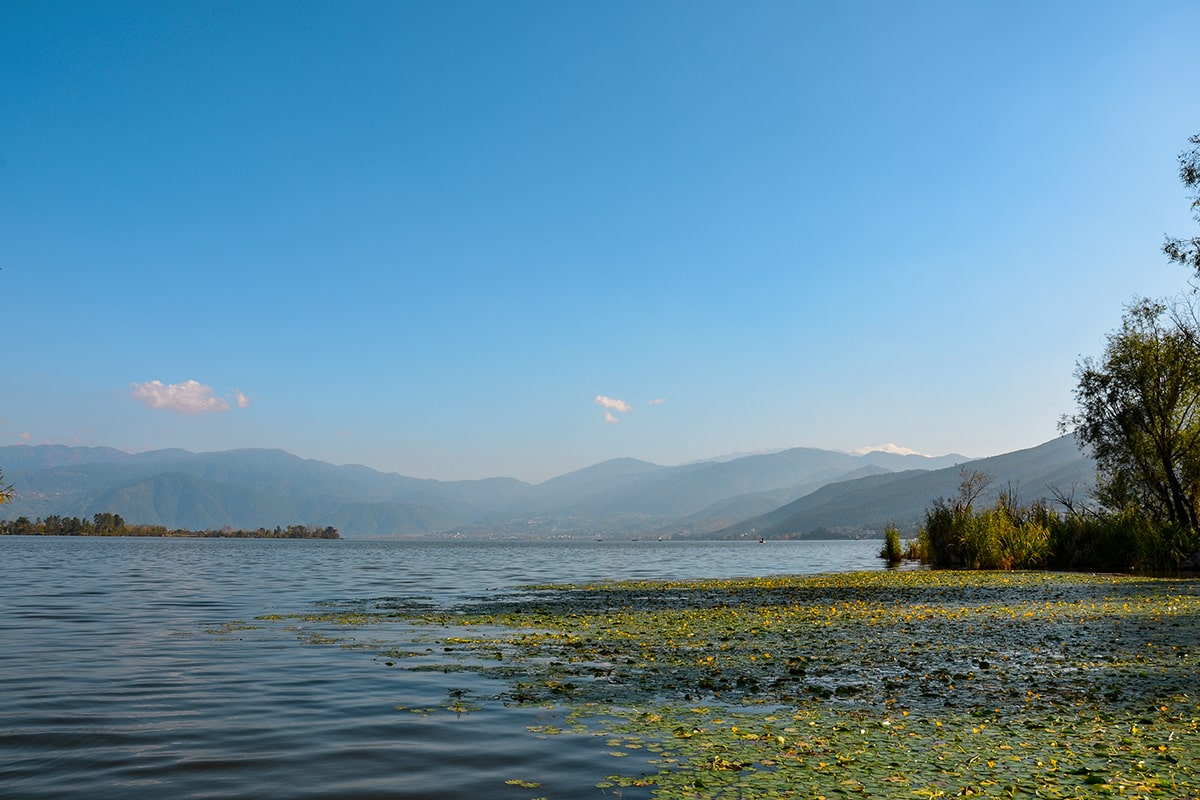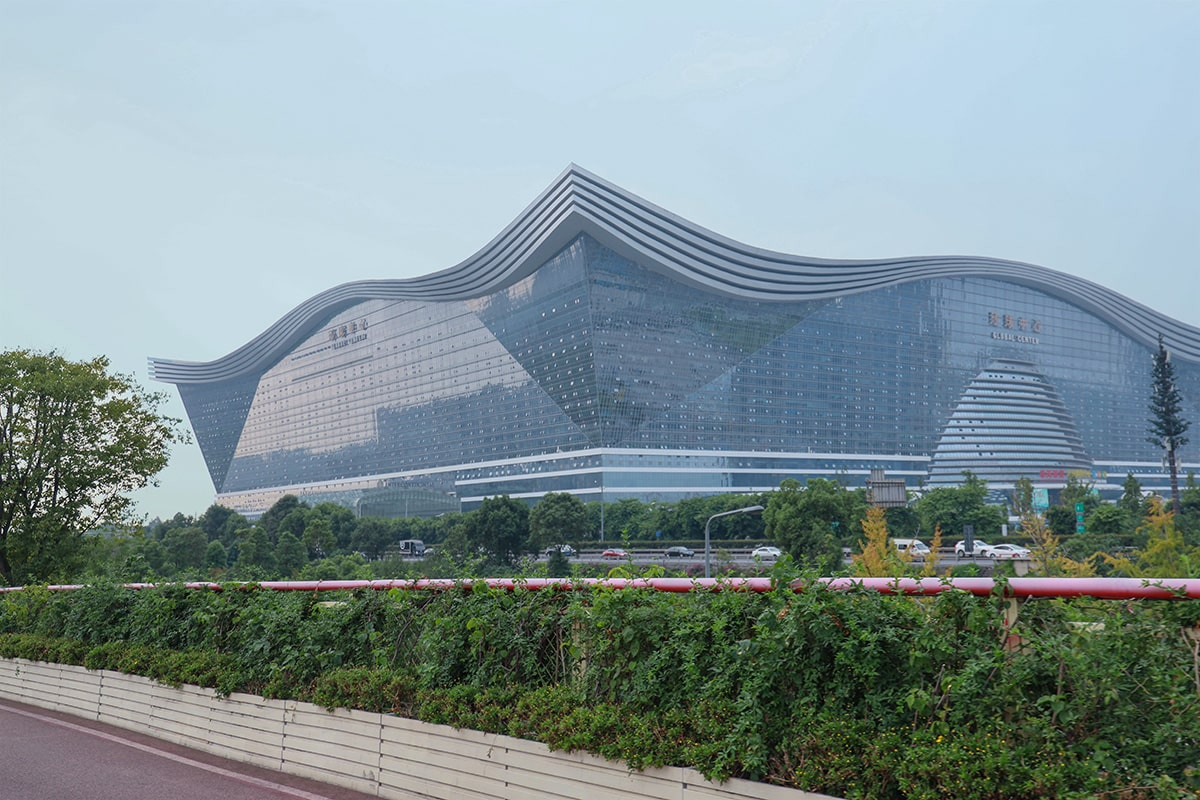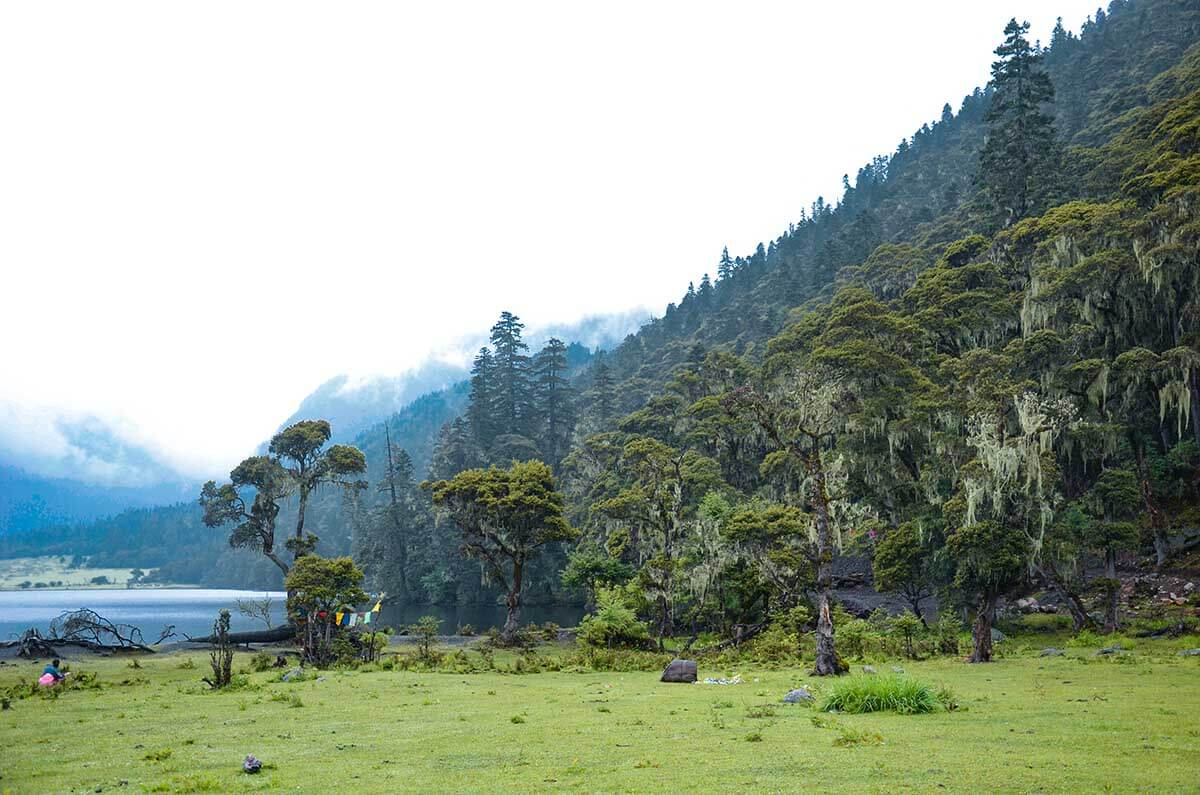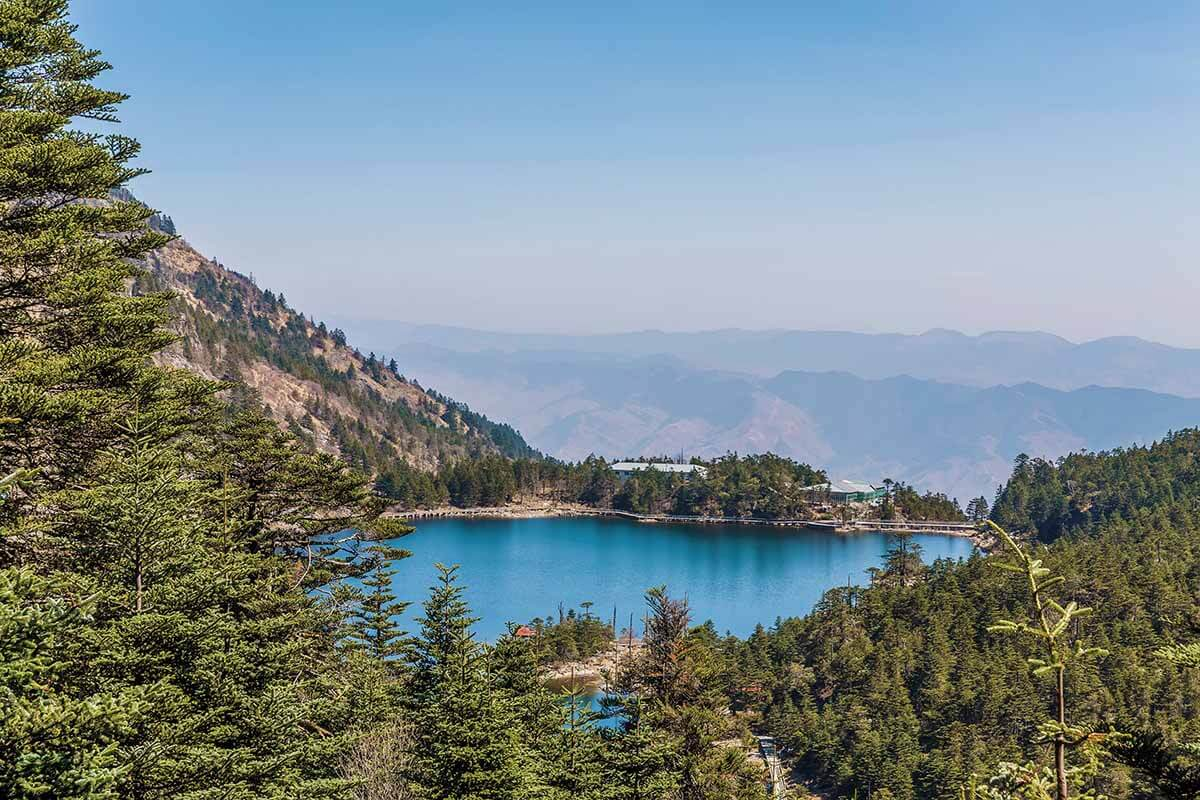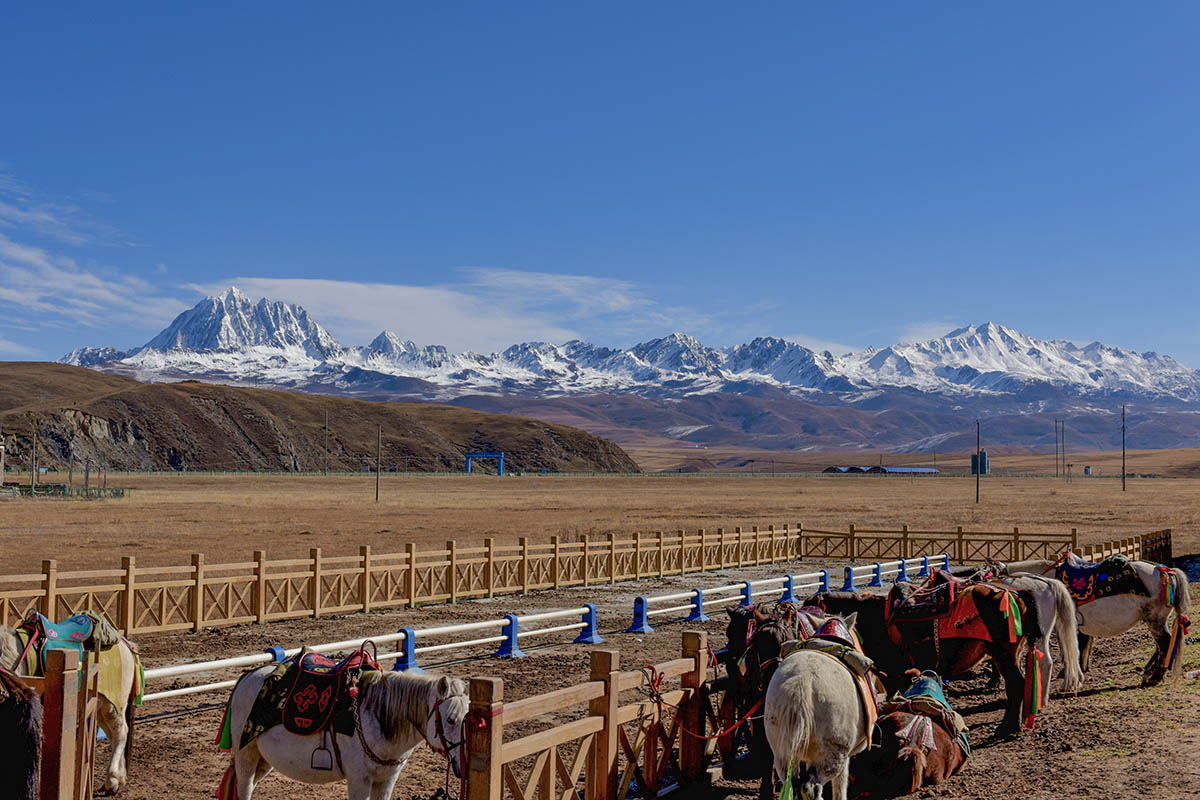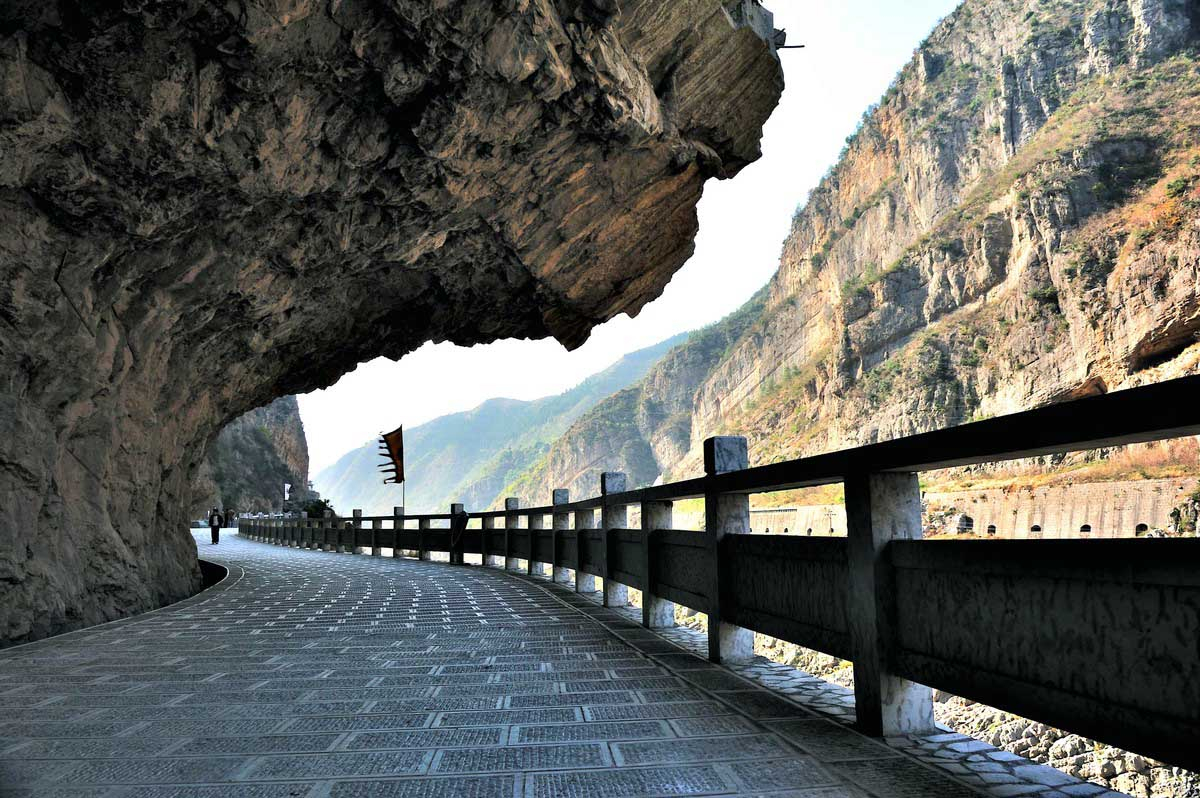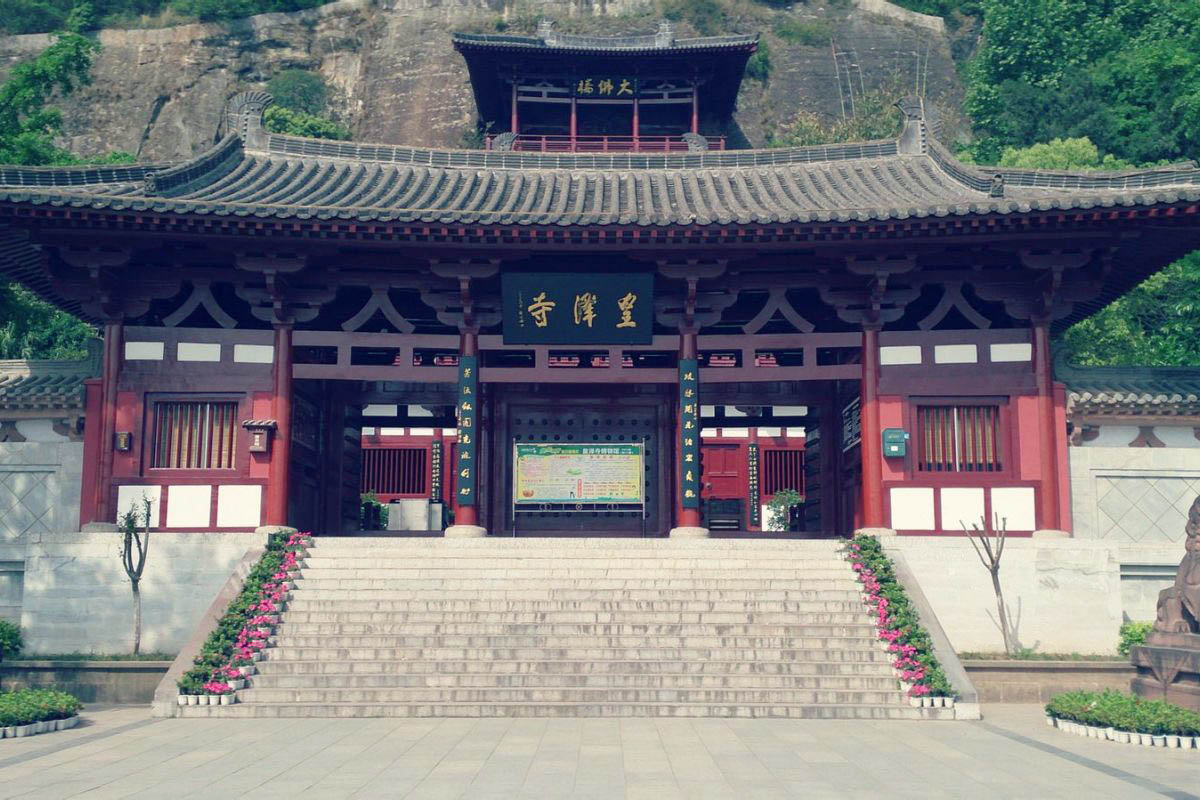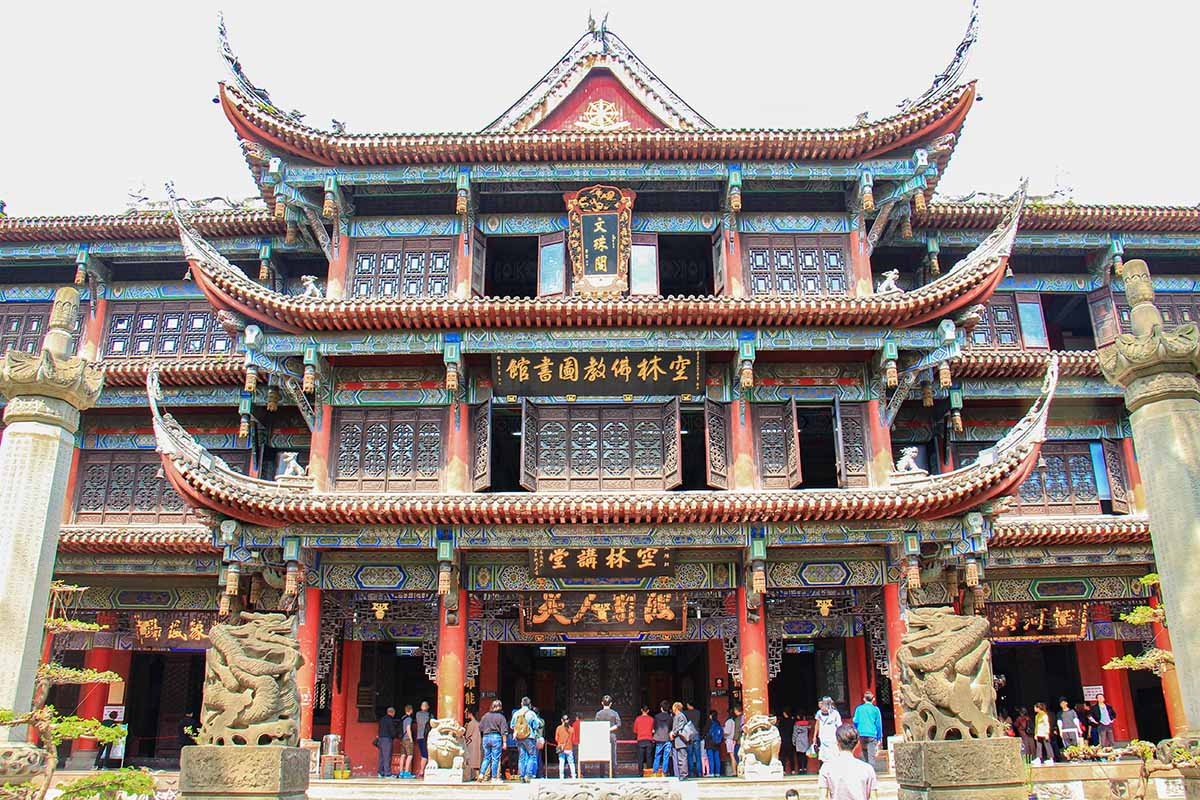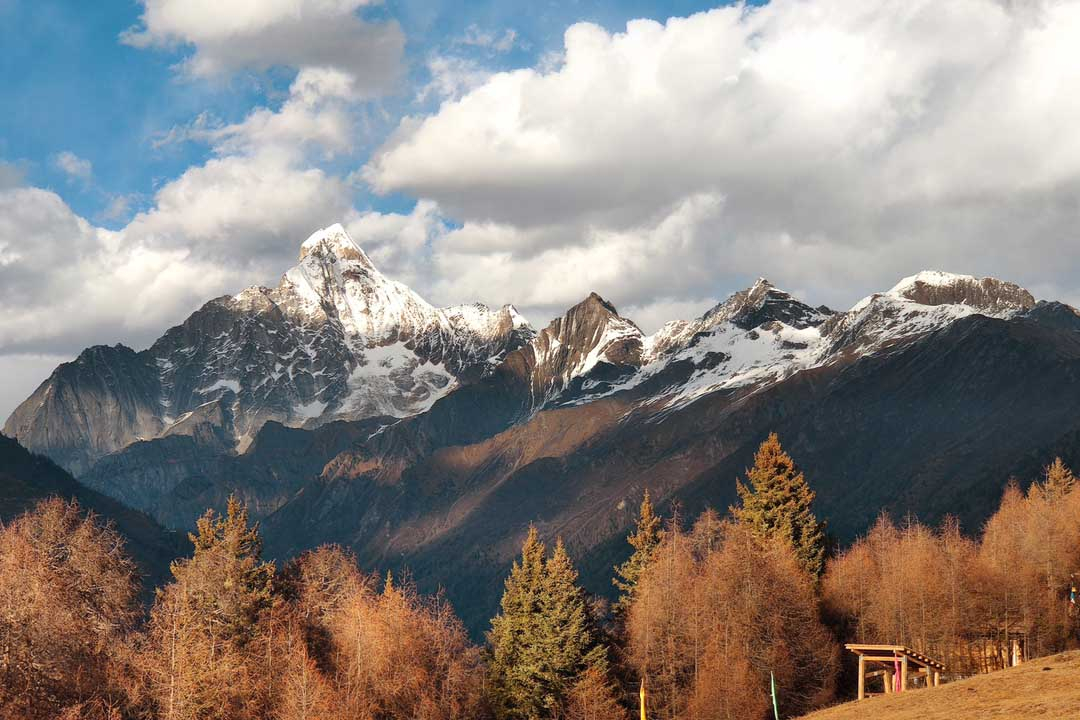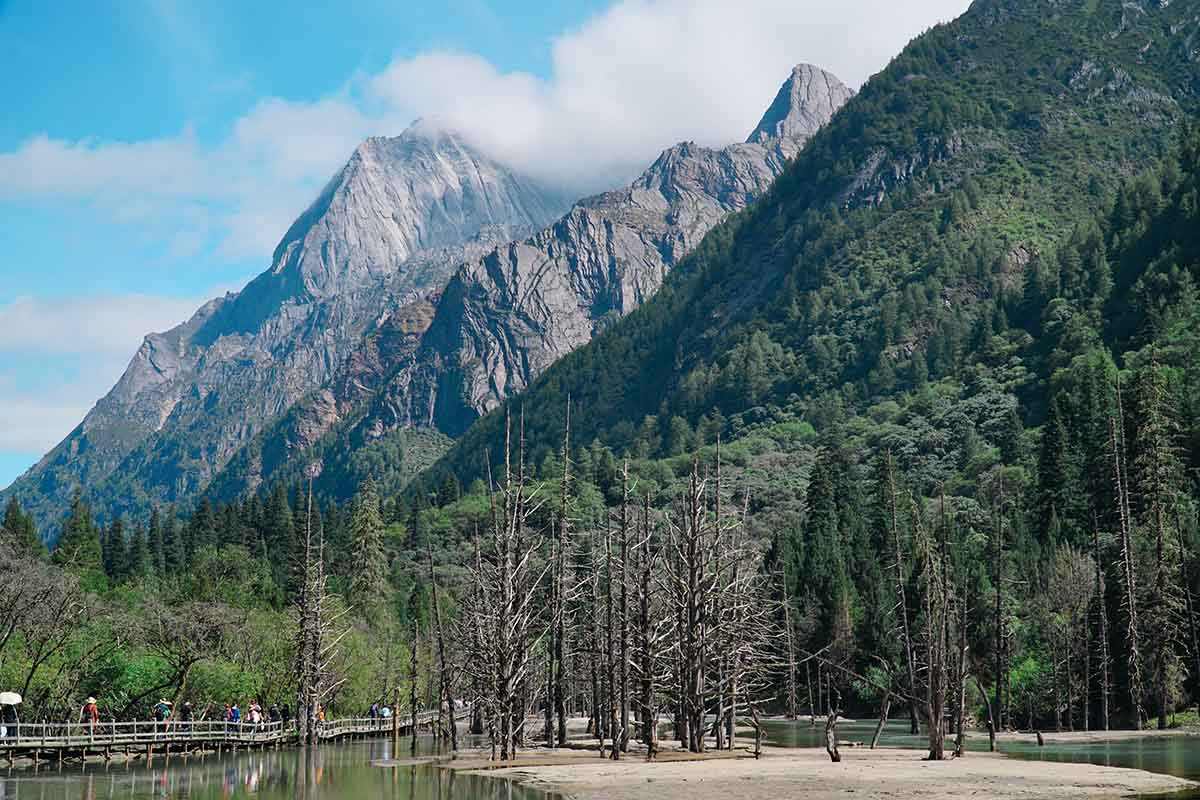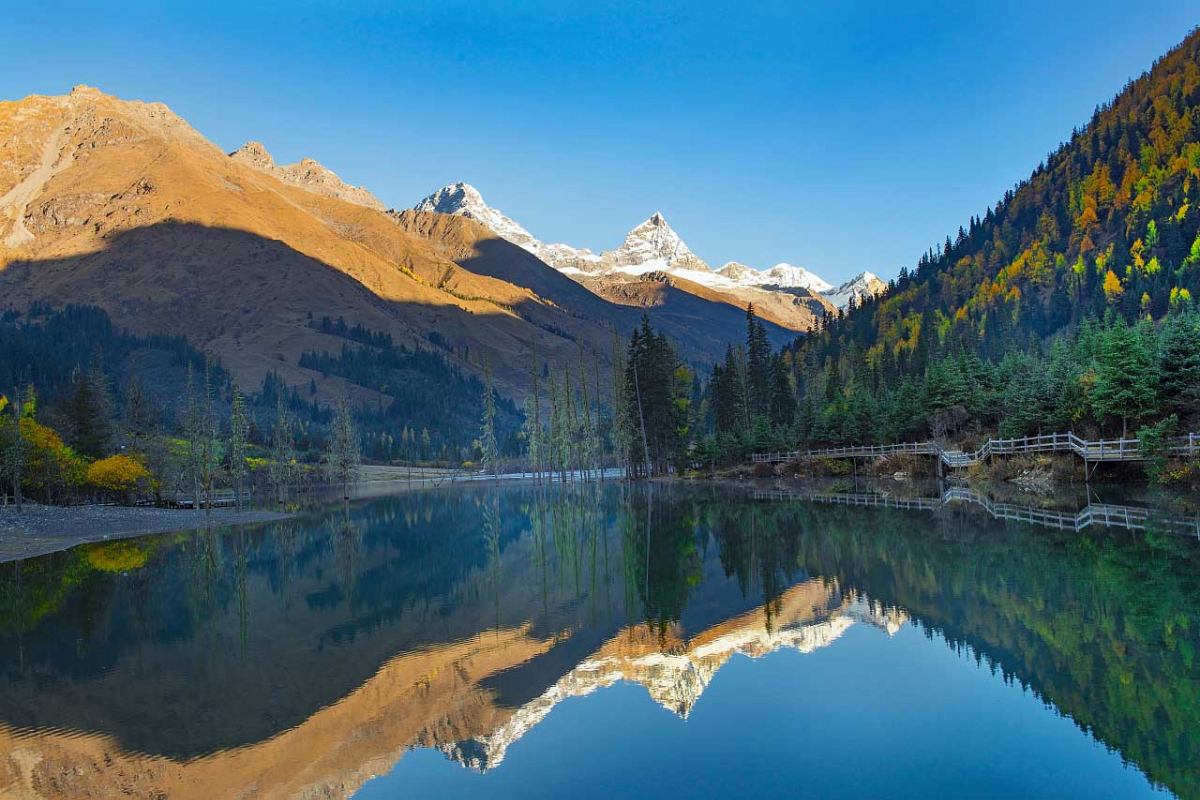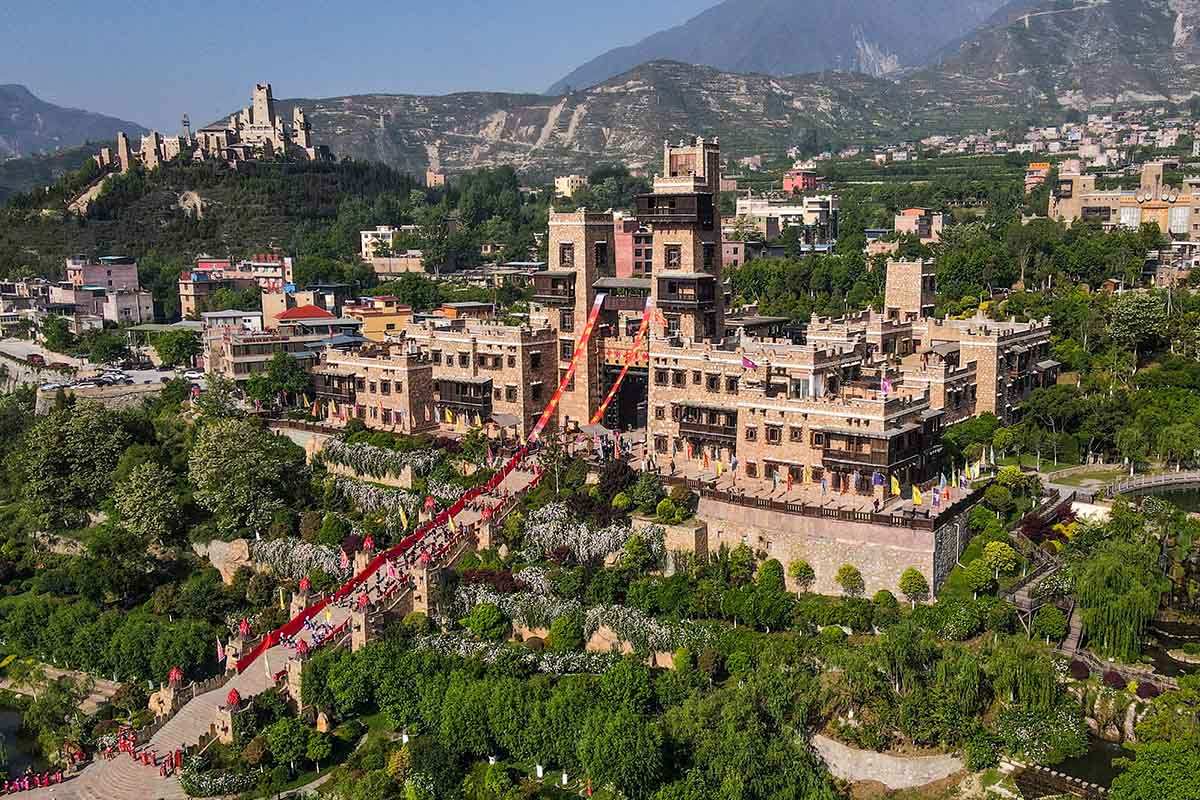Langzhong Ancient Town
Chinese name: 阆中古城(Lang Zhong Gu Cheng)
Location: Xiashahe Street, Langzhong City, Sichuan Province.
Ticket: No entrance ticket, individual tickets for some buildings
Estimate tour time: half day
Recommended time to visit: May to Oct
Nearby attractions: Tiangong Hall Fengshui Culture Scenic Area, Ancestral Hall of Han Huan Hou, Prince Teng’s Pavilion.
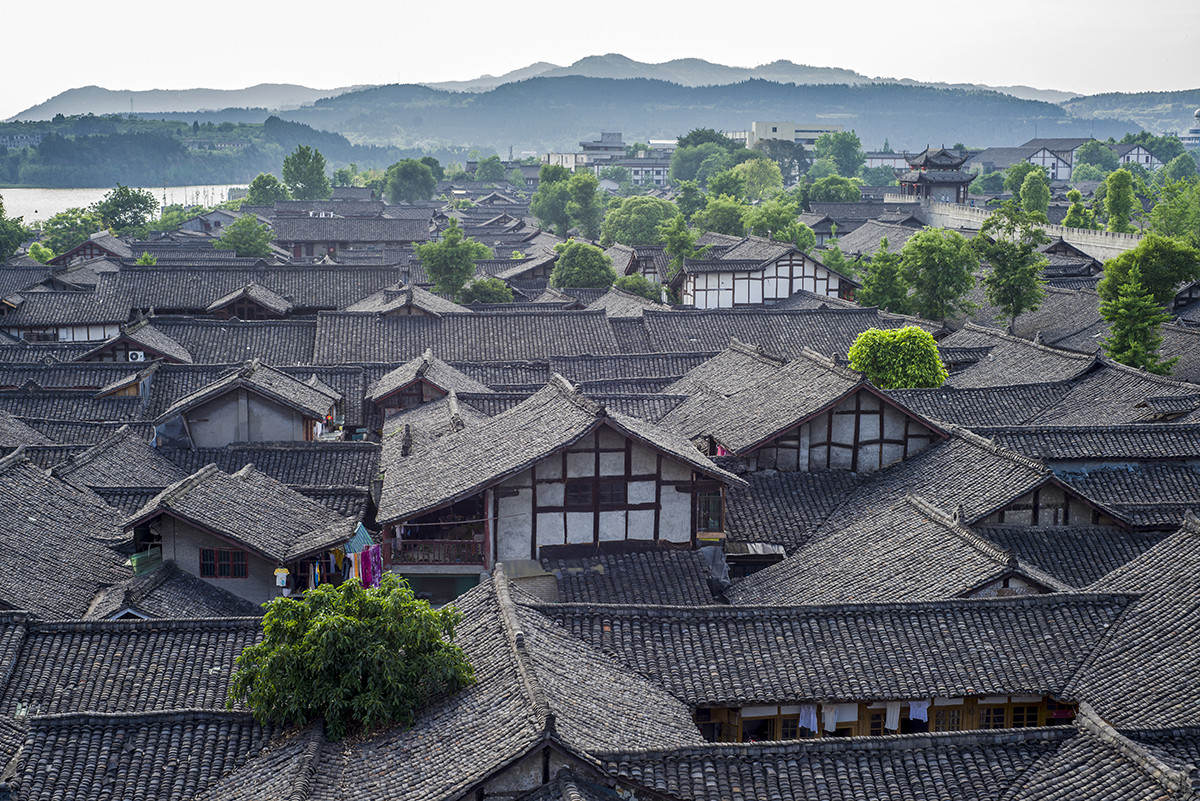
Langzhong is a town in northeastern Sichuan province,located in northeastern Sichuan basin, about 260km away from Chengdu, was once called “Baoning” and is a key military position in the past 2,300 years or more. Nowadays, Langzhonbg is valued as one of China's four largest and best-preserved ancient cities together with Shexian in Anhui Province, Lijiang in Yunnan Province and Pingyao in Shanxi Province. Typical well-preserved building groups make this place a geomantic ancient site. Since the Warring States period (475-221 B.C.), rulers of different dynasties regarded Langzhong as an important strategic stronghold for governance of southwest China and established government offices there. During their stay in Langzhong, many princes, members of the royal families and government officials of different ancient dynasties were fascinated with its fengshui, or Chinese geomancy , and invited talented architects to build house and palaces.
Surrounded by green mountains on one side and the Jialing River on the other, the mountains, river and the black tile roofs of the ancient structures form a natural Chinese atmosphere. Strolling along the narrow pebble lanes tourists might have the chance to experience the different architecture of the past dynasties. Langzhong boasts 92 ancient streets and lanes mainly in the construction style of the Tang and Song dynasties and more than 1,000 ancient streets, lanes and houses register 1.5 square kilometers.
According to the history, Langzhong is an important segment of the culture of the “Three Kingdom”, the senior general Zhang Fei, the sworn brother of the King Liu Bei of Shu Kingdom, has garrisoned Langzhong for seven years and was buried here after death. Also, Langzhong has been the cultural, political, economic and military center of Northern Sichuan during many dynasties and governed as the provincial capital of Sichuan for tens of years in Ming and Qing dynasties, the only intact Examination House in China was built in Qing dynasty and is so far the only one whole ancient Provincial Examination House in China.
Subtle folk culture of northern part of Sichuan province is another shining point in Langzhong. You could enjoy a show of the Langzhong Lantern Drama for over 1,200 years and the Northern Sichuan Shadow Puppetry for more than 2,000 years to discover the cultural evolution of this area.
● Highlights of Langzhong Ancient Town
The main attractions in the old town inlcude Huaguang Tower, Zhongtian Tower, Zhangfei Temple, Fengshui Museum, Gongyuan, Confucian Temple, etc. A sizable section of ancient-looking buildings in classical style, it's a great place especially for those interested in classical Chinese culture and architecture.
In addition to sightseeing in the old town, there are two mountain areas south of the town, just across the river.
One of these, southeast of the city, is a large mountain park. Referred to collectively as East Mountain Forest Park it hosts three major sights:
Grand Buddha Temple. A large temple complex including what is described as one of Sichuan's ten largest stone-carved sitting Buddhas. The area has many lesser shrines as well as a restored but ramshackle living complex, and offers many views of the city and river.
White Tower Pagoda. A prominent spike-shaped erection conspicuously visible from town, the pagoda was originally built in the 1600s, severely damaged in the May 2008 Sichuan earthquake, only to be rebuilt by the end of that year.
- HOTEST
- RECOMMEND
